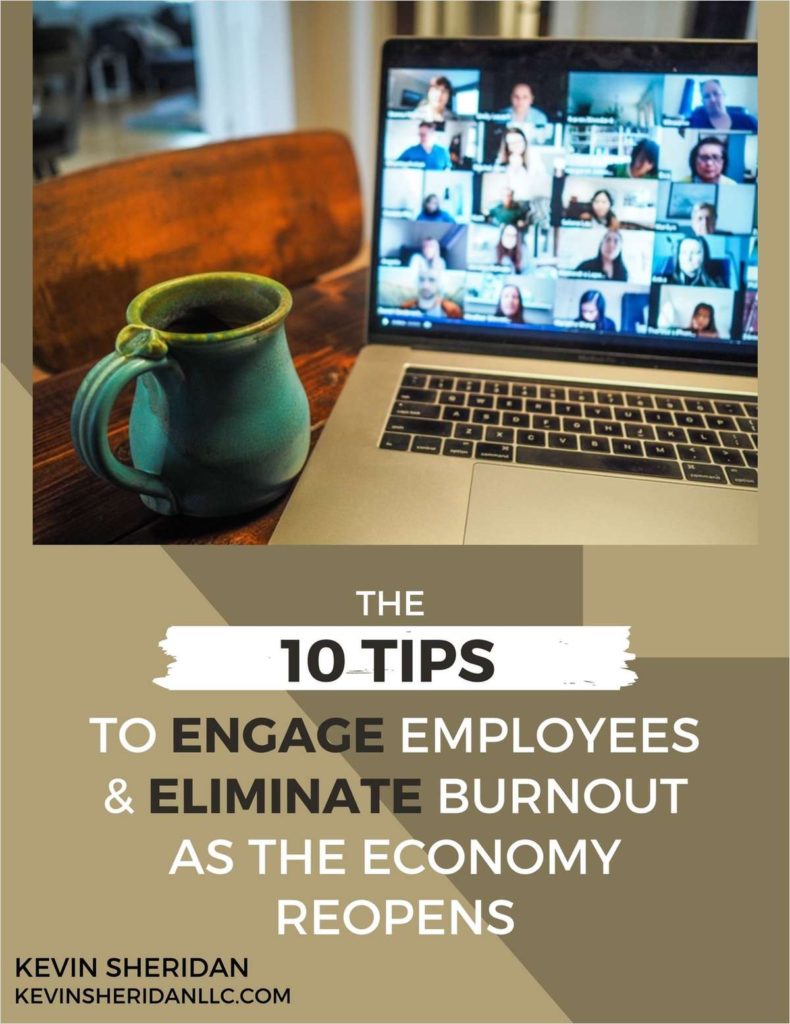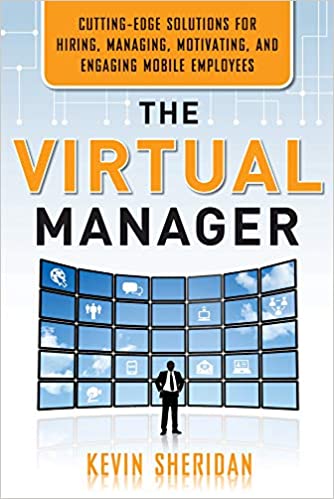
The Coronavirus pandemic has created new and unforeseen hurdles in an economy that was already facing slow growth and less innovation. Mental, physical, and emotional health have been severely altered due to the Pandemic. Physical workspaces were all not accessible, and employees had to adjust to these new ways of work. Now that the economy is reopening, employers face the challenge of engaging their employees, constricted by the limitations of this new world. Workplaces will still be closed, but the economy will be open. This new reality, combined with the emerging work from home/anywhere trend, makes virtual management an integral part of employee engagement.
As such, I thought it would be useful for you and your team to learn the 10 proven methods of keeping your employees engaged and calm.
- Train your employees on how to be the best remote employees.
- Train your managers on how to be the best Virtual Managers.
3. Rethink meetings.

Learn to leverage the top engagement drivers for virtual employees. Develop or alter policies and procedures to fit virtual employee’s needs. Develop a flexible work strategy to impact business outcomes.
Check out my book The Virtual Manager to accomplish these goals.
Make sure each of the Zoom calls has a meaningful purpose. Consider: adjusting the meeting’s content, shortening the meeting time, or canceling the meeting altogether.
4. Make mental health a priority.
Encourage employees to take some time off. Considering offering “self care” days off and/or reducing work hours. Try to find out about your employees’ mental health and how they are dealing with anxiety. During the Pandemic, business leaders have, in general, done a satisfactory job when dealing with the emotional needs of their employees. Make it a priority to recognize and acknowledge the emotions and anxiety of the employees. Organizational health, productivity, and employee retention can be redesigned during the pandemic. Now is the perfect opportunity to remove the stigma associated with mental and emotional health in the workplace.
Expand access to counseling and mental-health services. Evaluate rolling out digital counseling apps or bringing on coordinators to assist employees in accessing care.
Ask managers to check in on their employees’ well-being. Meeting with them in person instead of an email or phone call can go a long way.
Since overseeing employees in a Pandemic is entirely new, offer your Managers training on how to supervise with empathy.
5. Place a priority on listening to your employees.
Employees who are returning to the workplace will have different experiences and needs. For some employees, the remote working experience may be positive, while for others, working from home is not optimal. While the lockdown is ending, schools are not reopening, which will cause complications in terms of child-care. Do not take a “one size fits all” approach with your employees. Engage them in one-on-one conversations and customize your management to their individual needs and preferences. Listen, learn, and adjust to the specific needs of your employees.
6. Be a trustworthy resource.
Employees look up to the leaders of the organization for accurate and truthful information, especially during the Pandemic. In the upcoming horizon, organizations should build on and deepen that trust. This informational bedrock can be achieved by opening up about any economic difficulties the company may be facing or the COVID-19 safe practices that should be followed when the workplaces begin opening up. Clearly communicating with transparency to your employees will help to reduce or extinguish the anxieties your employees are facing.
7. Give people work that has meaningfulness and purpose, which is one of the most powerful drivers of engagement.
It has been repeatedly proven that employees want work duties that are both challenging and important.
8. Consistently recognize great performance.
Most Key Driver Analyses on Employee Engagement show Recognition as the most impactful driver. As such, make sure you train your Managers on how best to leverage this key driver (I also offer this training).
Do not recognize mediocrity.
9. Teach perseverance.
Our new world is going to be completely different from anything the world has ever seen. As such, Leaders will have to adapt and invent new methods of working. The world economy is going to be disrupted for quite some time and no person is certain how long the Pandemic will last. Organizations that nurture higher degrees of trust and psychological security will be able to succeed and survive. View the Pandemic as an exciting opportunity to build your team and foster trust. What actions you take now will pay off in the years to come and help distinguish your organization as world-class.
10. Accentuate the positive.
Communicate and celebrate every success within your organization, no matter how small. This positivity will flourish, and your employees will begin to see a more positive and healthy future.
Latest posts by Kevin Sheridan (see all)
- The Importance of Adaptability In Your Next Hire - October 19, 2022
- The 12 Toughest Interview Questions (And How To Best Answer Them) - August 3, 2022
- How To Attract & Keep Readers - July 17, 2022












